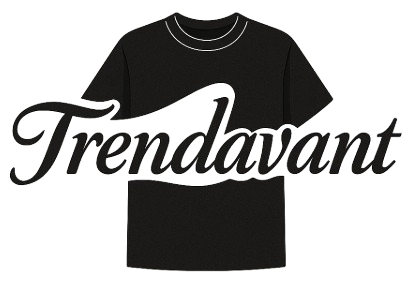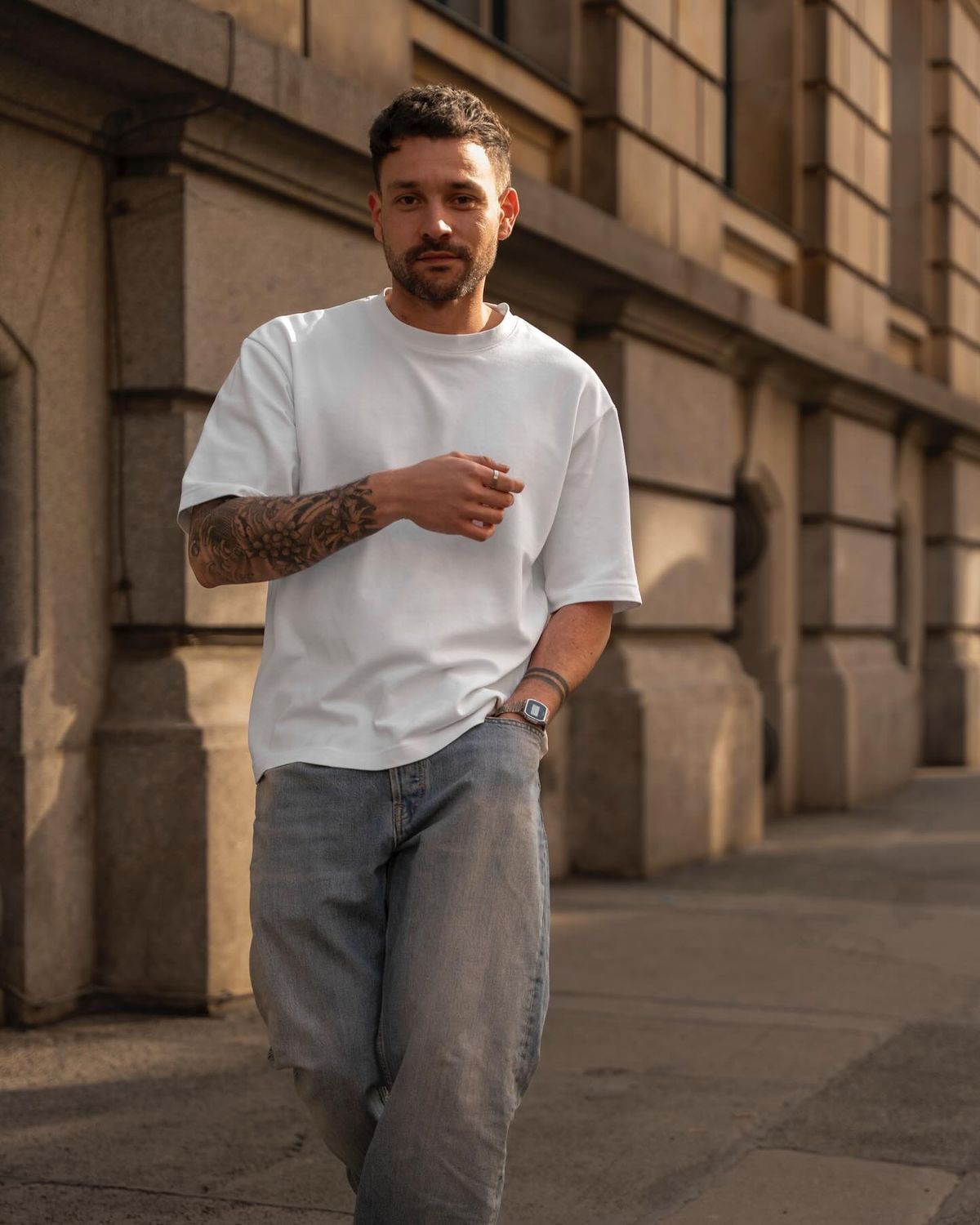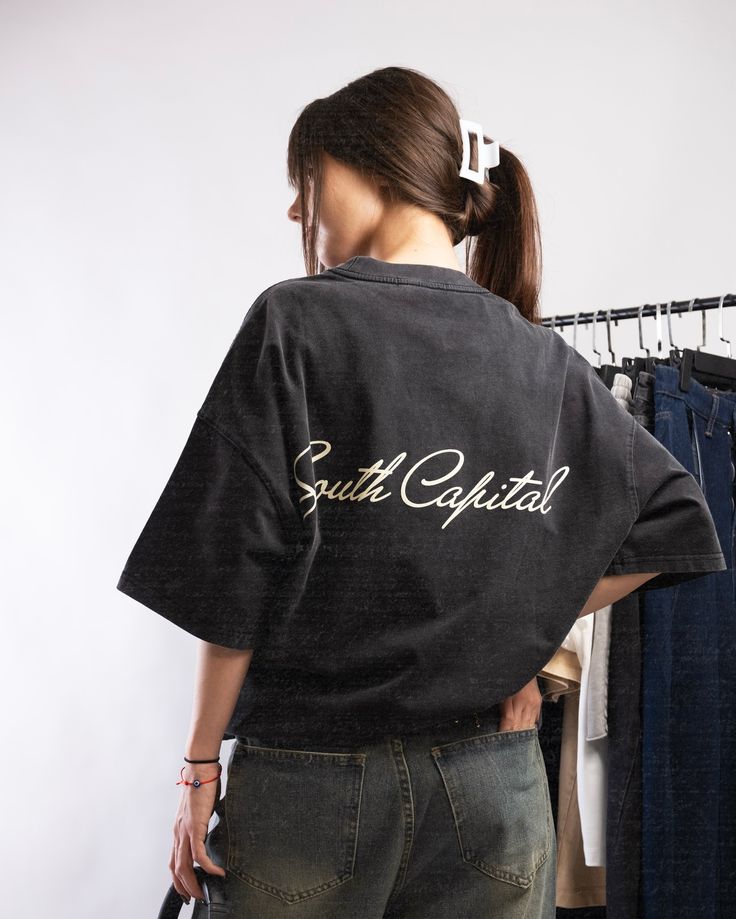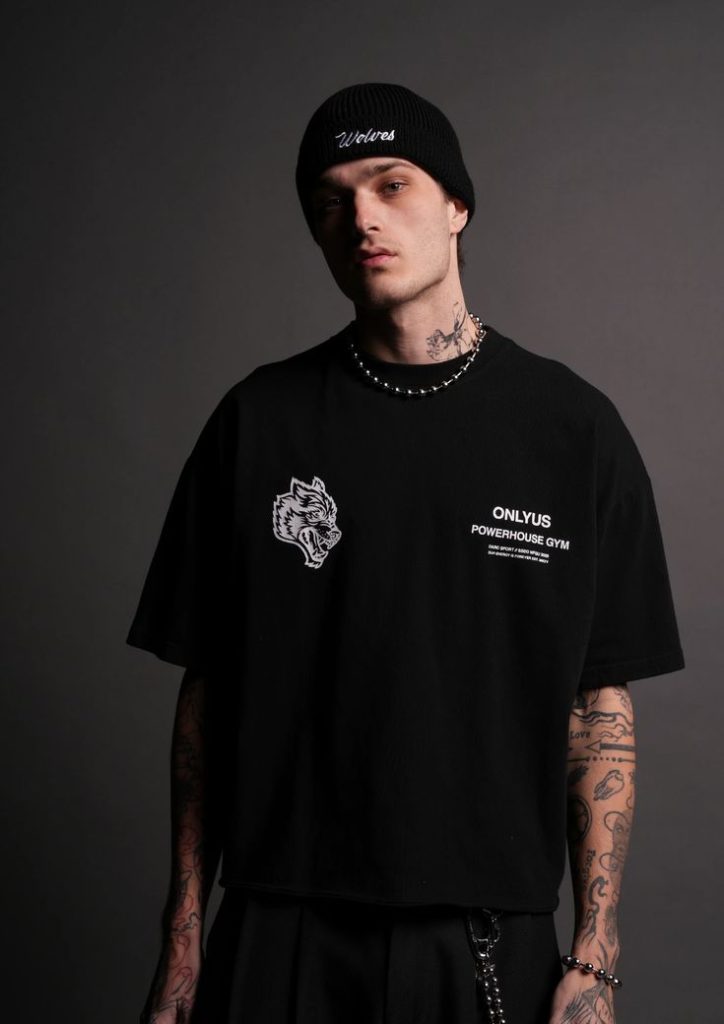Introduction
Minimalist fashion has long been admired for its understated elegance and enduring influence on global style. Rooted in clarity, balance, and intention, it rejects unnecessary excess and embraces refined restraint. The power of simplicity lies not in absence but in presence—each garment, silhouette, and texture chosen with purpose. Unlike fleeting trends that overwhelm wardrobes, minimalist dressing builds a timeless foundation that adapts across cultures, lifestyles, and decades.
This philosophy stretches beyond fabric into a way of life. Minimalist fashion mirrors a mindset of living deliberately, choosing quality over quantity, and finding beauty in reduction. In a world dominated by fast-changing collections and constant novelty, simplicity has become a bold statement of self-awareness and confidence. By stripping away distractions, minimalist clothing emphasizes craftsmanship, proportion, and the unique individuality of the wearer.
The following chapters dive into the evolution, principles, cultural influence, sustainability, and modern expressions of minimalist fashion. Each section uncovers why pared-back aesthetics continue to inspire designers and wearers alike, demonstrating how less can indeed be more.
The Historical Roots of Minimalist Fashion
Minimalist clothing did not emerge in isolation but as a reaction to excess and ornamentation found in earlier eras. From the clean lines of Japanese traditional garments to the restrained tailoring of European designers, its foundations span continents and centuries. In the early twentieth century, pioneers like Coco Chanel and Madeleine Vionnet emphasized freedom of movement and unembellished silhouettes. These innovations marked a turning point from rigid corsetry and elaborate adornments to streamlined sophistication.
The post-war decades saw further refinement. Designers such as Cristóbal Balenciaga and Hubert de Givenchy presented collections that highlighted sculptural forms and neutral palettes, setting the stage for contemporary minimalism. By the 1980s and 1990s, figures like Calvin Klein, Jil Sander, and Helmut Lang pushed the aesthetic into mainstream culture with sharp tailoring, monochrome hues, and architectural shapes. This history reveals minimalist fashion not as a trend but as a consistent undercurrent shaping modern style for generations.
The Philosophy Behind Simplicity
Minimalist fashion embodies more than design choices—it reflects a philosophy. At its core, it represents intentionality, where every stitch and seam serves a function. This mindset extends into lifestyle values: clarity, mindfulness, and balance. By removing unnecessary details, minimalist wardrobes focus on essentials, which paradoxically amplify personal expression rather than diminish it.
The philosophy is influenced by art and architecture movements such as Bauhaus and modernism, which celebrated form following function. Just as an uncluttered room creates serenity, a minimalist outfit generates calm while projecting quiet confidence. Wearing simplicity communicates strength, discipline, and authenticity. In an era of overstimulation, this fashion philosophy encourages slowing down, appreciating subtleties, and celebrating restraint.
Key Elements Defining Minimalist Clothing
Several distinctive features identify minimalist clothing, distinguishing it from other stylistic directions. Neutral tones dominate—shades of white, black, beige, and gray form the foundation, while occasional muted colors provide depth without distraction. Silhouettes remain streamlined: clean lines, structured cuts, and absence of unnecessary decoration.
Materials play a central role. High-quality fabrics like cotton, linen, wool, and silk ensure longevity, comfort, and elegance. Functionality often guides design—pockets, closures, and seams are integrated seamlessly. Accessories follow the same principles, remaining understated and purposeful rather than ornamental. These elements together build a visual language that resonates universally, from professional settings to casual everyday wear.



